Boomer’s Guide to Car Savings: 8 Smart Tips to Keep More in Your Tank and Wallet
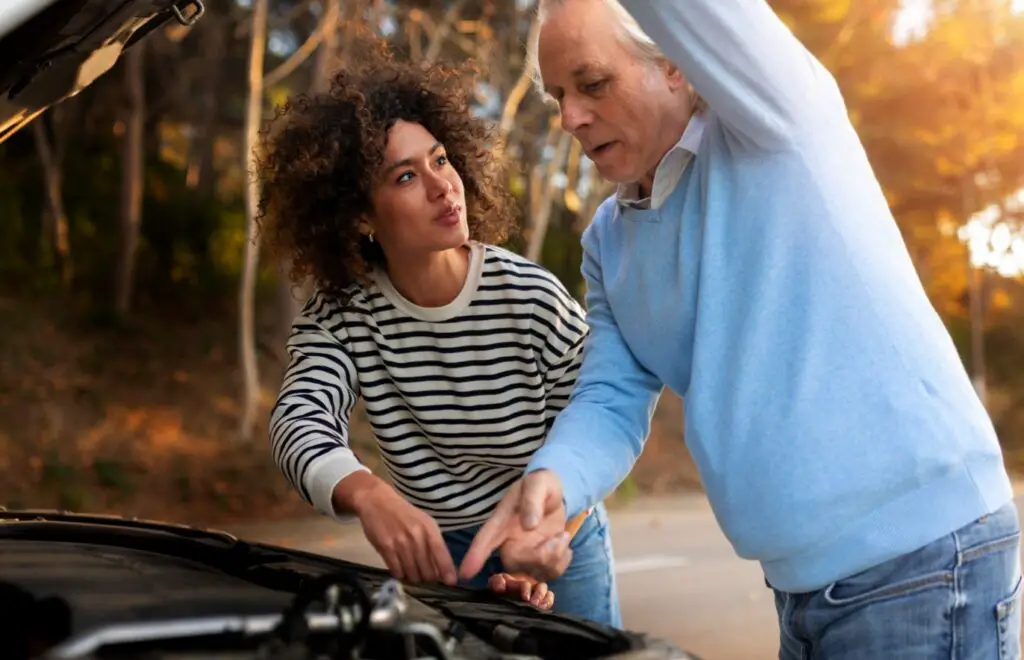
Gas prices seem to climb faster than a classic Mustang on an open road, and if you’re a Baby Boomer watching every dollar in retirement, the pinch at the pump can feel even tighter. Whether you’re road-tripping to visit the grandkids, heading to a doctor’s appointment, or simply enjoying the freedom of the open road, every mile should be a smart one.
This guide is packed with practical and budget-friendly tips to help you cut car-related costs without sacrificing comfort or convenience. These aren’t just “nice to know” ideas—they’re “need to know” strategies designed for Boomers who want to keep more money in their pockets and more fuel in their tanks. Let’s dive in.
1. Drive Smart to Save More

One of the easiest ways to stretch your gas mileage is to adopt a smooth and steady driving style. Quick starts, hard braking, and speeding all burn more fuel than necessary. In fact, studies show aggressive driving can lower your fuel economy by up to 33 percent on the highway. That’s like tossing dollars out the window with every punch of the gas pedal. Instead, ease into acceleration, coast when possible, and use cruise control on open roads. A calmer drive not only saves gas but also reduces stress—now that’s a win-win.
2. Keep Your Car in Tip-Top Shape
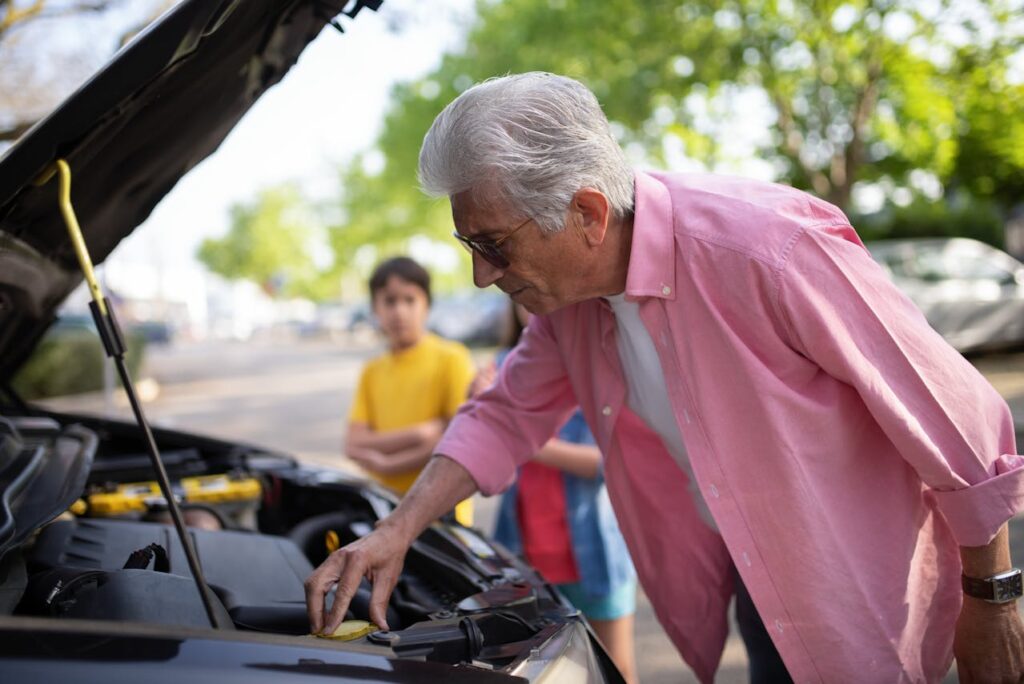
Routine maintenance might not be flashy, but it’s one of the most effective ways to avoid unexpected repair bills and poor fuel efficiency. Make sure you’re getting regular oil changes using the right grade of oil for your vehicle. Replace dirty air filters, inspect spark plugs, and stick to your service schedule. And don’t forget your tires—underinflated tires can drag down your gas mileage by as much as 3 percent. A well-maintained car runs better, lasts longer, and saves you money every time you hit the road.
3. Clear the Clutter from Your Car
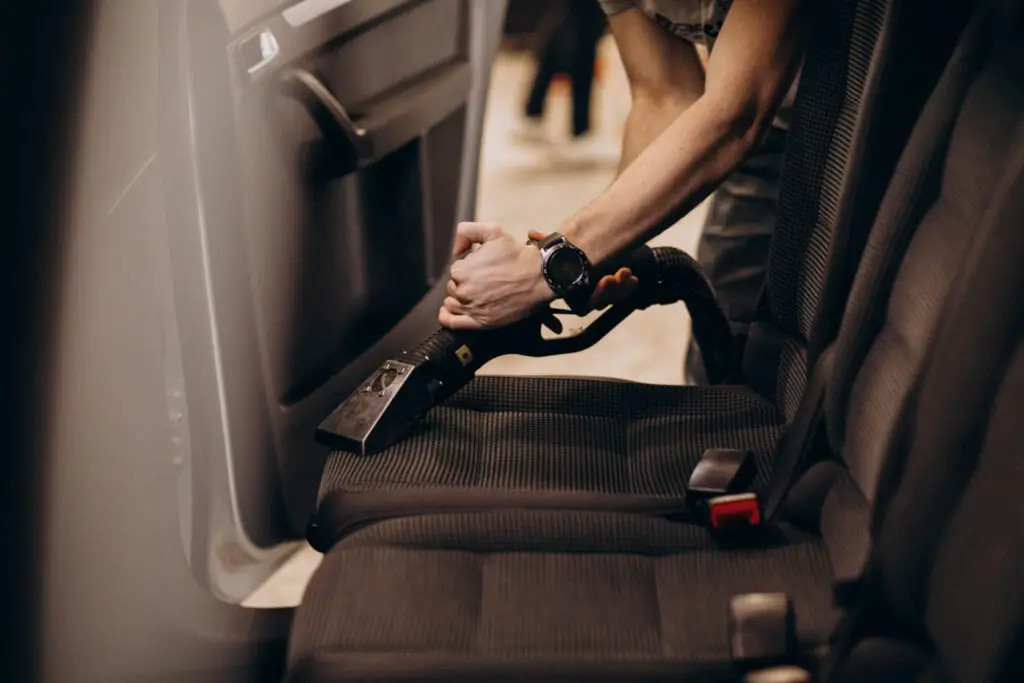
It might seem minor, but all that extra stuff in your trunk or backseat adds weight—and more weight means more fuel burned. Hauling around golf clubs, toolboxes, or old camping gear when you don’t need it can reduce your car’s fuel efficiency. In fact, every 100 pounds of unnecessary weight can cut your mileage by up to 1 percent. Roof racks and cargo carriers are even worse, creating wind resistance that can sap up to 20 percent of your fuel economy at highway speeds. Do your wallet a favor and lighten your load.
4. Use Your Car’s Built-In Fuel-Saving Features
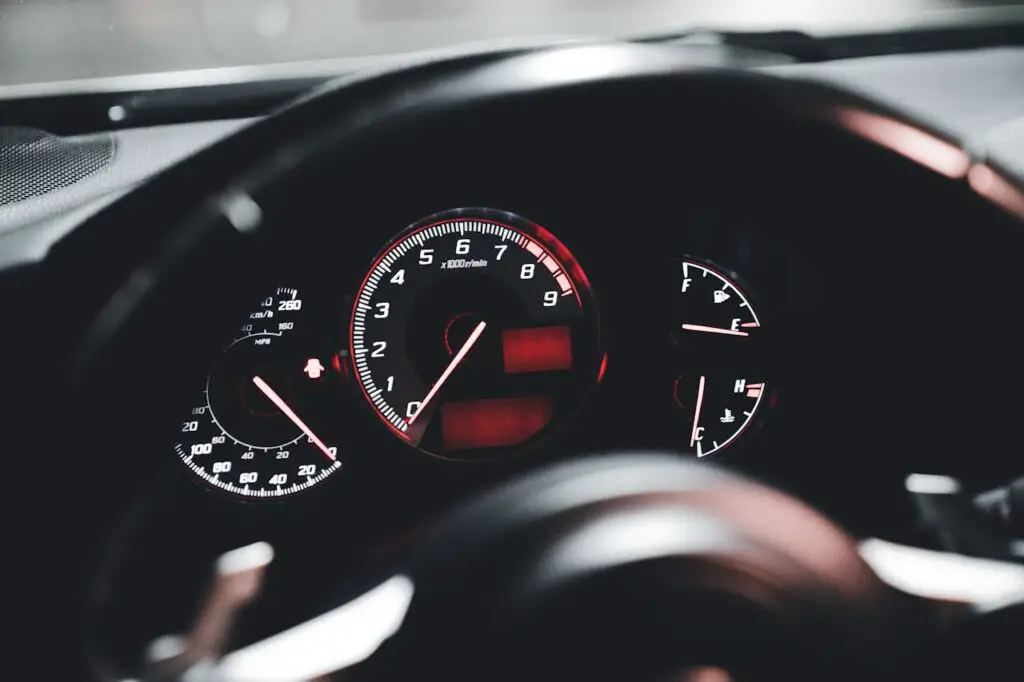
Many modern cars come with “eco mode” or fuel-saving settings that help you drive more efficiently. These settings adjust your engine’s performance and transmission shift points to use less fuel, particularly at lower speeds. If your car has this feature, turn it on—especially during city driving. And remember, blasting the air conditioning on every trip can reduce fuel efficiency by up to 10 percent. On mild days, roll down the windows when driving slowly, and use the vent setting to circulate fresh air. Your fuel gauge will thank you.
5. Plan Trips to Avoid Wasting Gas

Multiple short trips from a cold start can use twice as much fuel as one longer trip covering the same distance. If you can, combine errands into a single outing to let your engine warm up and run more efficiently. Avoid peak traffic times when possible, and use navigation apps to steer clear of congestion. Also, avoid idling whenever you can—idling for more than a minute wastes fuel and adds unnecessary wear and tear to your engine. By being strategic with your time and route, you’ll save more than just gas—you’ll save your sanity, too.
6. Buy Used and Save Thousands

A shiny new car might look tempting, but it comes with a hefty price tag—and a steep depreciation curve. New vehicles lose as much as 60 percent of their value in the first five years. For Boomers living on fixed incomes or looking to maximize retirement savings, buying used or “nearly new” is often a smarter financial move. Choose a reliable make and model with a good maintenance history, and you’ll get plenty of mileage for a fraction of the cost. Then, take what you would’ve paid monthly on a new car loan and invest it instead. That’s the kind of retirement math that really adds up.
7. Consider Downsizing to One Vehicle
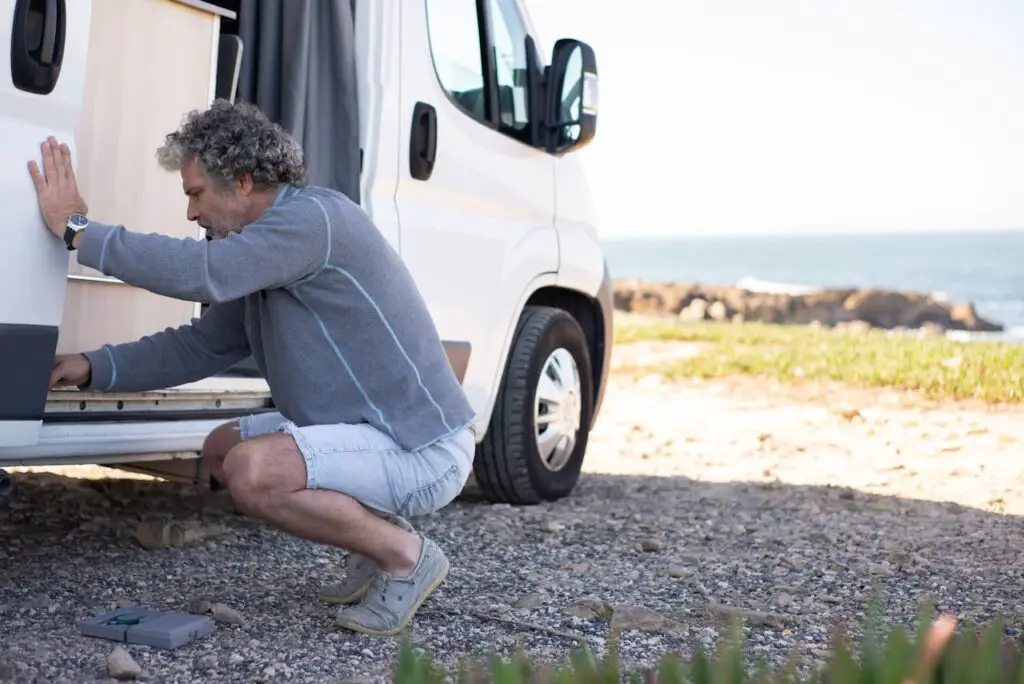
If you and your spouse are both retired and one car rarely leaves the driveway, it might be time to sell it. The cost of owning a second car—insurance, maintenance, registration, and fuel—can total over $12,000 a year. That’s money better spent on travel, hobbies, or building your savings. If you occasionally need a second vehicle, you can rent one or use a ride-share service for far less than the cost of full-time ownership. Downsizing your garage can help you upsize your budget.
8. Learn Some DIY Car Basics
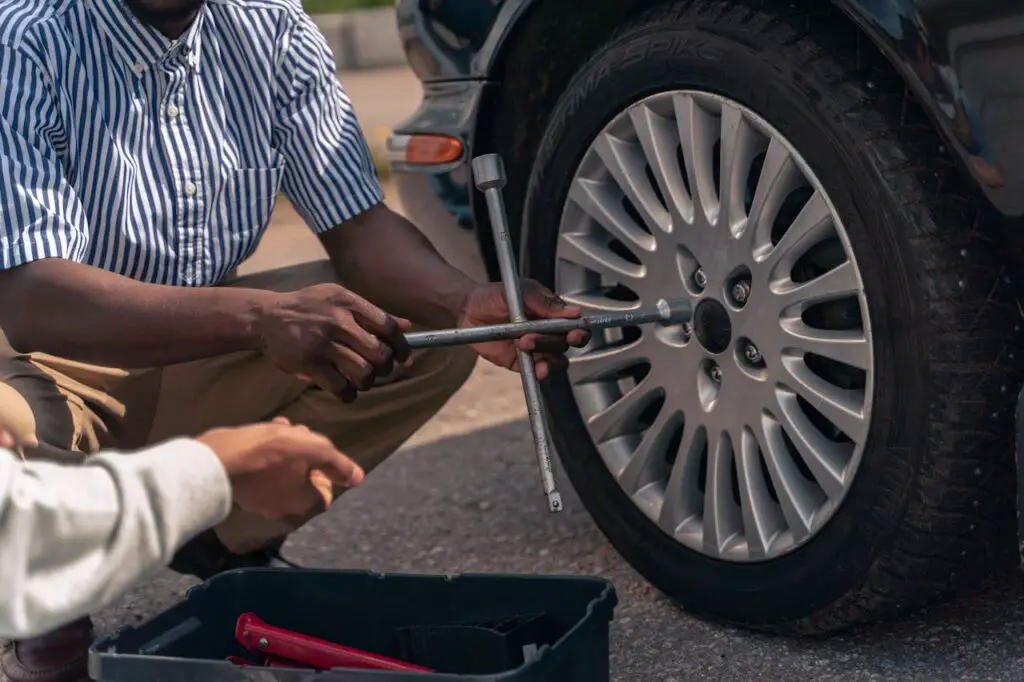
You don’t need to be a mechanic to save money on car repairs. With a little time and a YouTube tutorial or two, you can learn to replace windshield wipers, change your air filter, check fluid levels, or even swap out a headlight. These simple tasks cost a lot more at the dealership or mechanic shop due to labor fees. Taking care of basic maintenance at home not only saves cash but also gives you peace of mind—and maybe even a sense of pride. Just remember: when in doubt, consult your owner’s manual or a trusted professional.
Final Thoughts
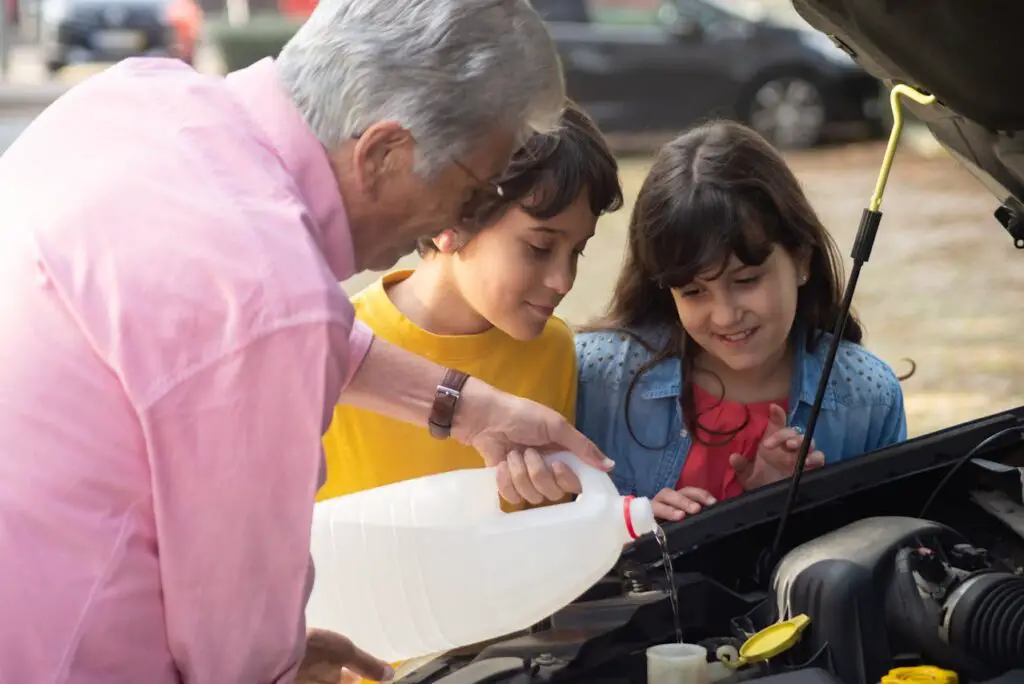
You’ve spent decades building wisdom and financial savvy—now it’s time to apply that knowledge behind the wheel. These car-saving strategies are designed not just to trim the fat from your fuel bill but to protect your retirement lifestyle, reduce stress, and keep you driving confidently for years to come.
Being a Baby Boomer means you remember when gas was under a dollar, cars had bench seats, and cruise control was a luxury. But you also know how to adapt, make smart choices, and stretch a dollar. These eight tips aren’t just about fuel—they’re about freedom.
By maintaining your car, driving efficiently, and making financially smart vehicle decisions, you’ll spend less at the pump and more on what truly matters—whether it’s family, travel, or just a great meal with old friends. So next time you slide into the driver’s seat, know that every mile can bring you closer to savings, comfort, and control.
Happy driving—and happy saving.
Leave a Reply